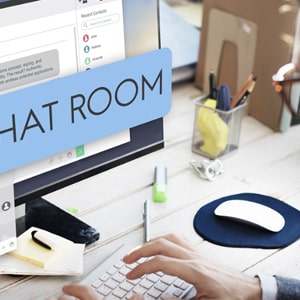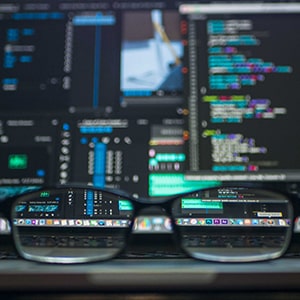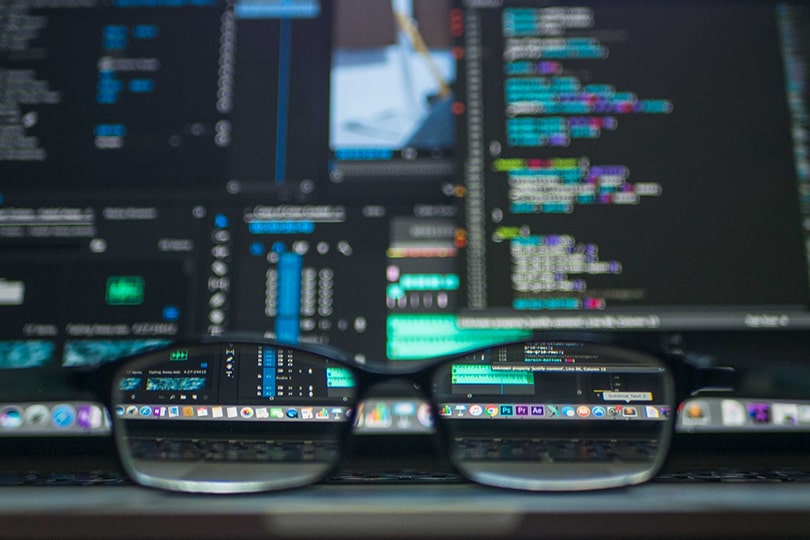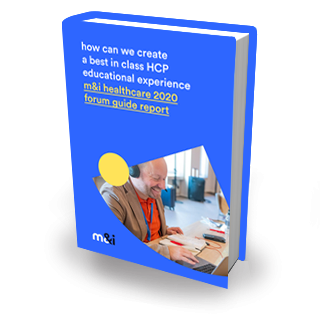
Navigating the Meal Caps Maze: HINTS and TIPS from Healthcare Venues

But don’t worry, there is a solution.
As we are about to share in our forthcoming 3rd Compliance Workshop, from the beginning of the pandemic in February 2020 to the “end”, c. 2 years later, there were no changes in European meal caps, and yes, that does include the UK! However, since then, we have seen 7 EFPIA (European Federation of Pharmaceutical Industries and Associations) scorecard updates reflecting more than 12 different country increases.
What exactly is so CHALLENGING?
- For cross-border meetings i.e. HCPs (Healthcare Professionals) from different countries, despite codes of practice providing guidance that the host code could be applied, many healthcare companies apply the lowest (strictest) meal cap for all attendees or even their own fair market values, sometimes provided by the affiliates.
- The European Regulator, EFPIA, does provide a ‘Scorecard for Meals and drinks’ but it’s hard for it to be always up to date. The current version is, at the time of publication of this article, from 22nd November 2023.
- But country meal cap updates will not be reflected in the ‘current’ code of conduct which might date back a couple of years; however, you will find the detail within any updates/addendums.
HELP:
To start off, if you were working with EU meals caps (including the UK) HERE you can find the latest EFPIA scorecard, as mentioned above, but NOTE: if the link stops working, it means that it has been updated, again! So please, in this instance, check the EFPIA website.
Failing that, you know that Healthcare Venues will post any updates on our page on LinkedIn and the Healthcare Hub community pages, You are welcome!
For our Healthcare Venues, here is our solution in this month’s HINT and TIP, however, for agencies, it might also answer some questions:
HINT:
For hotels and venues, you MUST know what your national meal cap limit is – you are in the “host country”. This is typically included as part of our Venue healthcare Champion Training but if you are not part of our membership, click the EFPIA scorecard link above to find what national meal cap is. For non EU countries, please contact us.
Note: the rates shown are maximums! And even then, agencies should be considering the audience: can the level of hospitality be considered appropriate for a senior consultant, if so, it might not be considered appropriate for a nurse or newly qualified Doctor. And meeting stakeholders should consider whether the proportion of education in the agenda versus the level of hospitality is appropriate. Try the ‘red face’ test: would you be able to defend the choices made if the details of the event were made public?
Think about what menu packages you are sending along with your proposals, there is no point in sending dinner menu and drinks packages that exceed that limit, as selecting them would be uncompliant! “And no, we do not recommend that you should ‘create’ a room hire charge to enable you to reduce the menu price.”
Note: for venues who do typically charge a room hire for meeting and events, this would likely be acceptable, but note, some company policies may determine that room hire charges are included and spread across the number of attendees, thus making the per person cost exceed the meal cap.
TIP for our HEALTHCARE VENUES:
Create healthcare meal packages that comply with your national meal cap limit, or even better, less, as many company policies apply the lowest or strictest rate.
We all know the costs of human resources, energy and ingredients have increased due to inflation, so it makes sense to sit down with your chefs to create cost effective and compliant menus and drinks packages. If as is typical you send all your menus, with your proposal including an attractive package at 70 euros, don’t be surprised when you are asked to charge 60 euros.
IN SUMMARY:
Be proactive with your clients. Demonstrate your knowledge and suggest that whilst we have healthcare packages that respect the national meal cap limit.
We can and have shared with you where to find the scorecard for meals and drinks however, the potential stricter company policies are not open source, so be sure to ask what meal cap they are applying to this meeting.
AND FINALLY…….A WORD OF WARNING FOR MEETING VENUES. There is a current trend of employing DJs in hotel lobbies and bars, which might be fun for leisure guests and the local community seeking some extra atmosphere, but if your clients are looking to book HCP dinners in your restaurant, anything more than background music i.e., DJs, live music or anything else that might be considered entertainment, and is likely to be considered inappropriate.
Good luck and if you have any questions, please do let us know. For our next Hint and Tip, how about we tackle Star Ratings?
Click here to read more about the work of Healthcare Venues.













Recent Comments